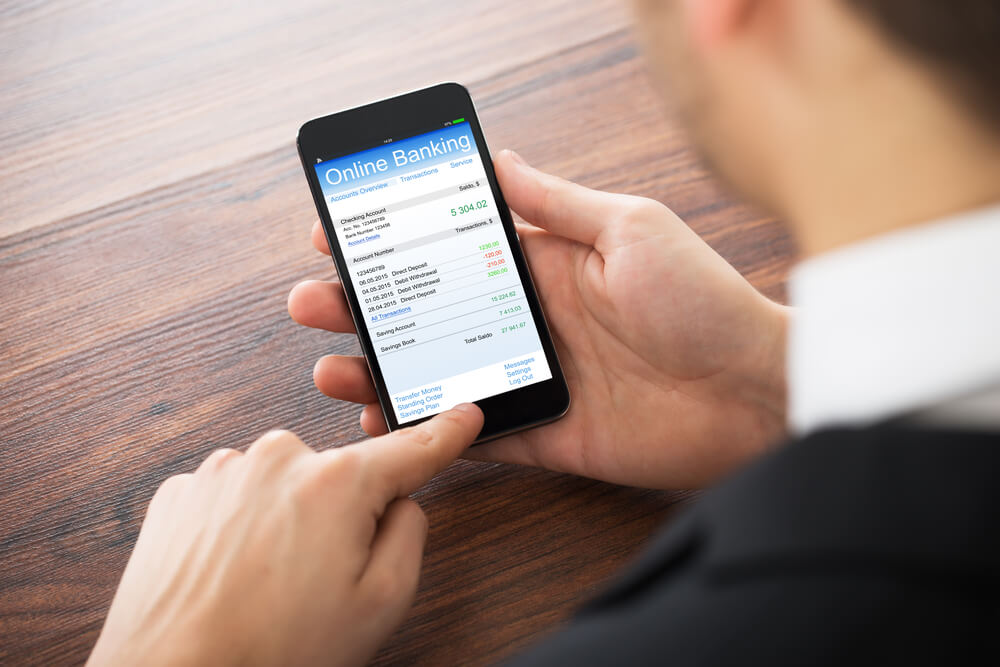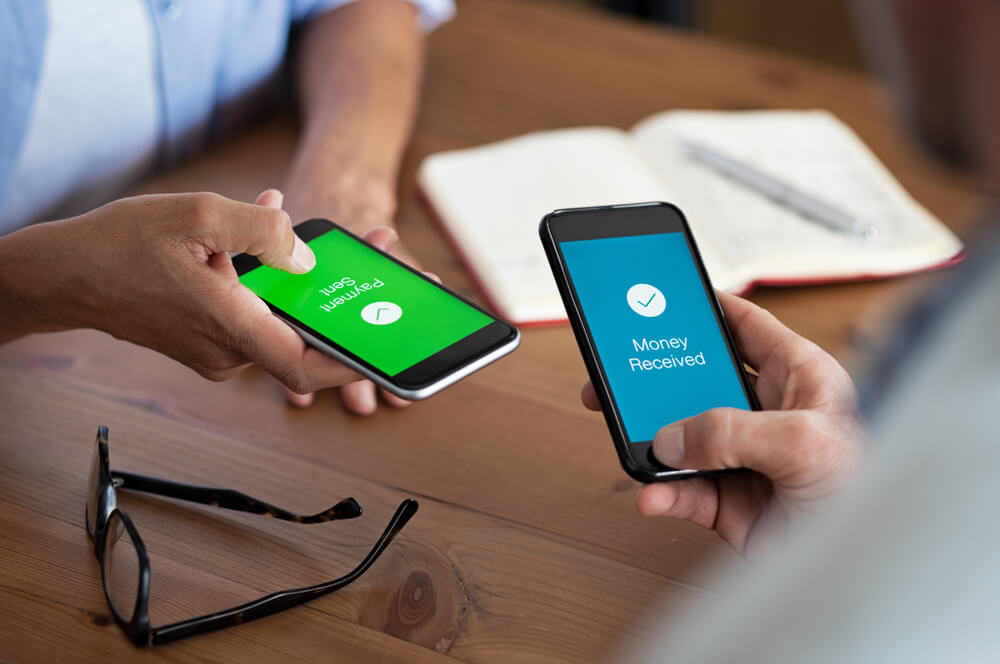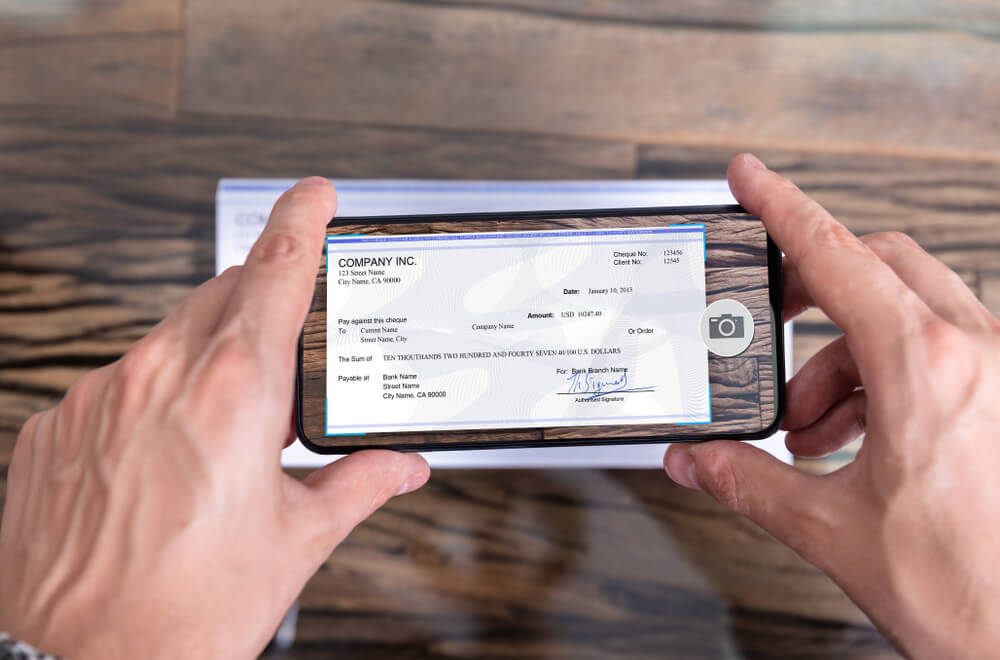What is direct deposit? In a nutshell, direct deposit is an effective way of transferring money electronically. With this option, you won’t have to worry about going to the bank every month to cash your checks.
Direct deposits enable you to automatically process your paychecks and Social Security payments. Since it’s an electronic process, it is faster and safer than going to the bank for paper deposits. This guide gives a detailed look at how to set up direct deposits, how you can benefit from direct deposits, and how to send one to yourself.
Benefits of a Direct Deposit Account
- Direct deposit is a fast and convenient process: With direct deposit, you will have your money automatically deposited to your account without the hassles of going to the bank. You can also access the funds the same day they are deposited.
- Ensures safety: Direct deposit ensures that your money is transferred safely and without delay.
- Has an overdraft protection feature: Some banks offering the direct deposit option have an automatic overdraft rewind feature, which reevaluates transactions, reverses overdrafts and non-sufficient funds occurrences, and refunds the associated fees.

How to Set Up Direct Deposit
Whether you sign up through a financial institution or your employer, setting up direct deposit is usually similar. To set up a direct deposit, here are the five key steps to follow:
1. Obtain a direct deposit authorization form
If you ask yourself, “How do I set up direct deposit,” start by asking for a printed or online direct deposit authorization form from your financial partner or employer. The authorization form is a document that permits a third party to transfer money to your bank account.
Another important question many ask is, “How do I get a direct deposit form?” Getting a direct deposit to your bank is usually easy and fast since most banks offer a link on their website that says “Set up Direct Deposit,” where you can create a customized direct deposit form. After clicking on the pre-filled form, you just add the needed information electronically and save it to start the deposit process.
Alternatively, you can download the blank form in PDF and fill in the needed details yourself. The forms usually have instructions showing where to find the information you need to fill in the direct deposit form. When filling out the form, some of the things to keep in mind include the following:
- Reading through the form completely and ensuring that the checklist items are followed.
- Keeping the information confidential.
- Submitting the form directly to your employer.
- Following up with the payroll department to check the progress of the deposit.
2. Fill in your account details
For your payments to be authorized, the bank account information you provide must be validated for security purposes. You are required to provide direct deposit information, including details about your bank account. Some of the key information needed when setting up a direct deposit include:
- The bank’s mailing address: This can be found on your bank statement or the bank’s website.
- Routing number: When setting up a direct deposit, you must provide your bank’s routing number. This is the nine-digit number located at the bottom of your bank statement.
- Your account number: The account number is usually below the routing number. You may also find it on your bank statement, deposit slip, or a paper check if you have them.
- The account type: Another important bit of direct deposit information you need to provide is where you wish to channel the direct deposit, whether it should go to your savings or checking account.
- Your Social Security number: Some authorization forms require you to include your Social Security number.
- Your address: You may also need information about your address and email address.
3. Confirm the amount of the deposit
Confirm whether you want to deposit the entire paycheck into one account or spread the amount to different accounts. Most direct deposit recipients put the full amount of their paychecks into their checking accounts, but you can divide the money into separate accounts.
Some financial institutions may allow their customers to direct deposit into more than two accounts. This should be influenced by your budgeting decisions, including how much you plan to spend, save, or invest.
4. Attach a deposit slip or voided check
You may need a deposit slip or voided check to verify your routing or account number. Alternatively, you may need to scan your check and send the copy online. Make sure you write “Void” across the blank check so no one can withdraw money from your account. This information should be attached to the direct deposit authorization form.
5. Submit the direct deposit form
Once you have filled out the form, give it to your employer and wait for the direct deposit to take effect. Depending on your bank account and payroll department, this may take a few days or weeks. Sometimes, the direct deposit will take effect after two pay cycles. When the deposit is ready, you can make automatic transfers.
How to Set Up a Direct Deposit Without a Check
Setting up a direct deposit without a check can be done. You just need to provide your bank account information to the payment provider. When setting up a direct deposit without a check, remember this step-by-step guide:
- Contact the payment provider: Inform the provider of your intention to set up a direct deposit and ask for their instructions. Often, you will be asked to follow specific instructions or fill out certain forms.
- Prepare your bank account information: You must provide the routing number, bank account number, and account type (savings or checking). You can find all the required bank account information by checking your online banking account or your bank statement.
- Verify your account: Some payment providers require verification of your account information. You can provide a bank statement or voided check by getting one from your bank if you don’t have one. Another option would be to provide a screenshot of your account information to the payment provider.
- Submit the required information: Once you have gathered all the information needed, submit it as directed. The payment provider will set up the direct deposit, and the funds will be deposited directly to your bank account on the date designated.
Remember that this process can still vary depending on the specific requirements of the payment provider. You should double-check with the provider to ensure all the needed information is provided and all the instructions are followed properly.
Common Examples of Direct Deposits
Direct deposits are considered a secure and convenient way of receiving payments without receiving cash or paper checks. Below are some of the common examples of direct deposits:
- Investment Dividends
- Tax Refunds
- Paychecks
- Pension Payments
- Social Security Benefits
How Can I Send a Direct Deposit to Myself?
Most people wonder if there is a way they can trigger a direct deposit, particularly to earn promotions and bank bonuses. This is possible through the following alternatives:
- ACH transfers: Most banks have automated clearinghouse (ACH) transfers, a free way to transfer cash from one financial institution to another. ACH is a quick process to get a direct deposit from someone’s existing bank account to a new one.
- Person-to-person payments: This process involves sending money to other accounts online. Once you set up an account with your bank’s system, you can easily make a direct payment between two accounts.

How to Send an ACH Payment
ACH payments are handled electronically. Most customers prefer this method to pay bills because their checks can never be stolen or lost. They don’t need to make trips to an ATM or bank. The deposit option also eliminates check or postage costs, making it a cheap direct deposit option.
Some people, however, are not informed about how to send an ACH payment. To set up the payment into a new checking account, you only need to link the new account with your current bank details. Depending on your bank, you can add a new account to your current account through the bank’s website.
Once you request a direct transfer using the ACH system, your bank will try making small deposits to verify the new account’s validity. Once this is proven, you can transfer money to the new account. In most cases, ACH transfers take a few business days to complete. However, you might have to wait a little longer for large deposits.
Whether you download your direct deposit form from payroll software or through your bank, creating a direct deposit remains the simplest and safest way to get your paycheck. You can authorize your direct deposit today through ACH transfer, thanks to Checkissuing.com. Create your direct deposit account with us today, and we will ensure that your transaction is smooth and running in minutes.






